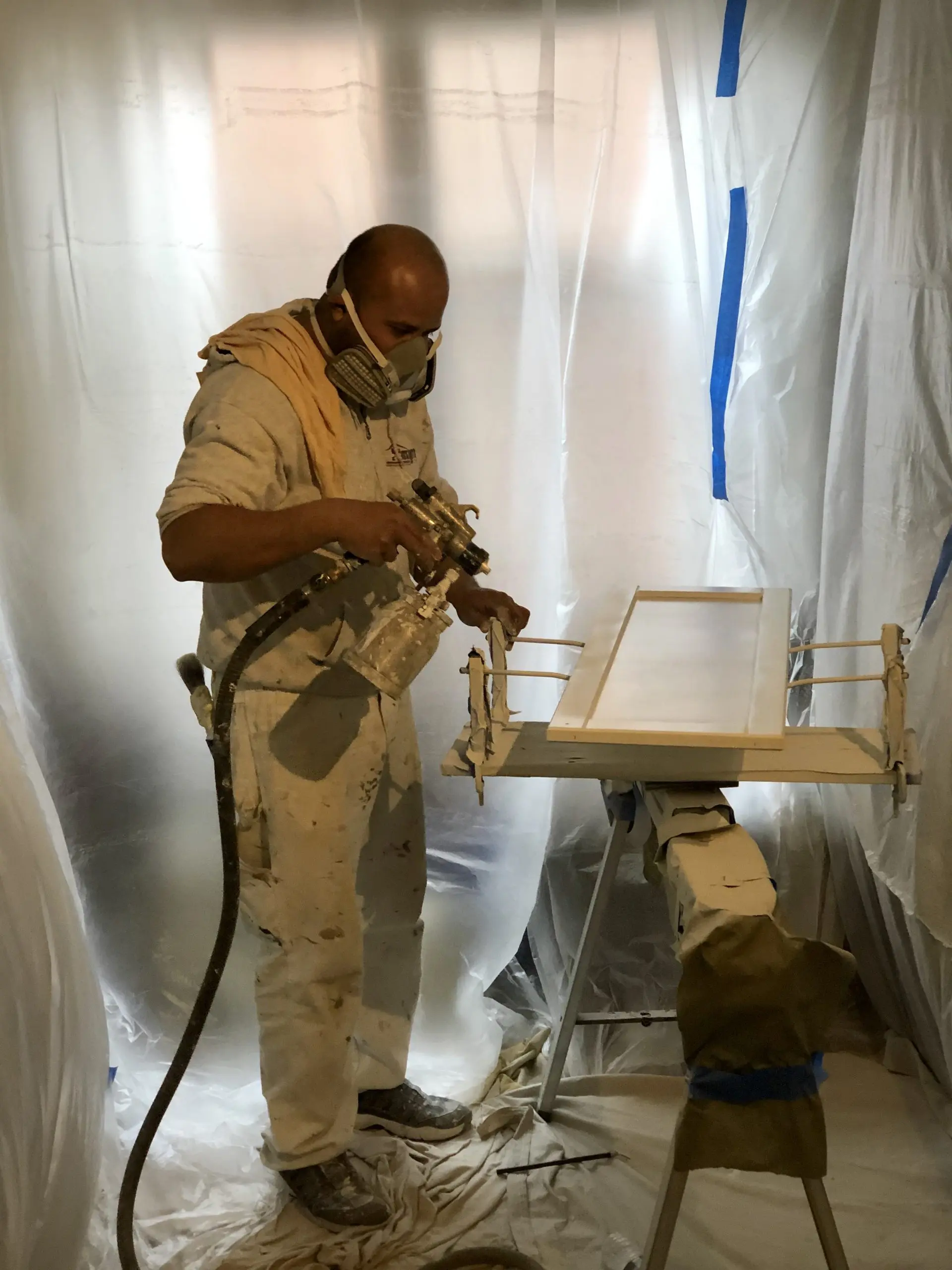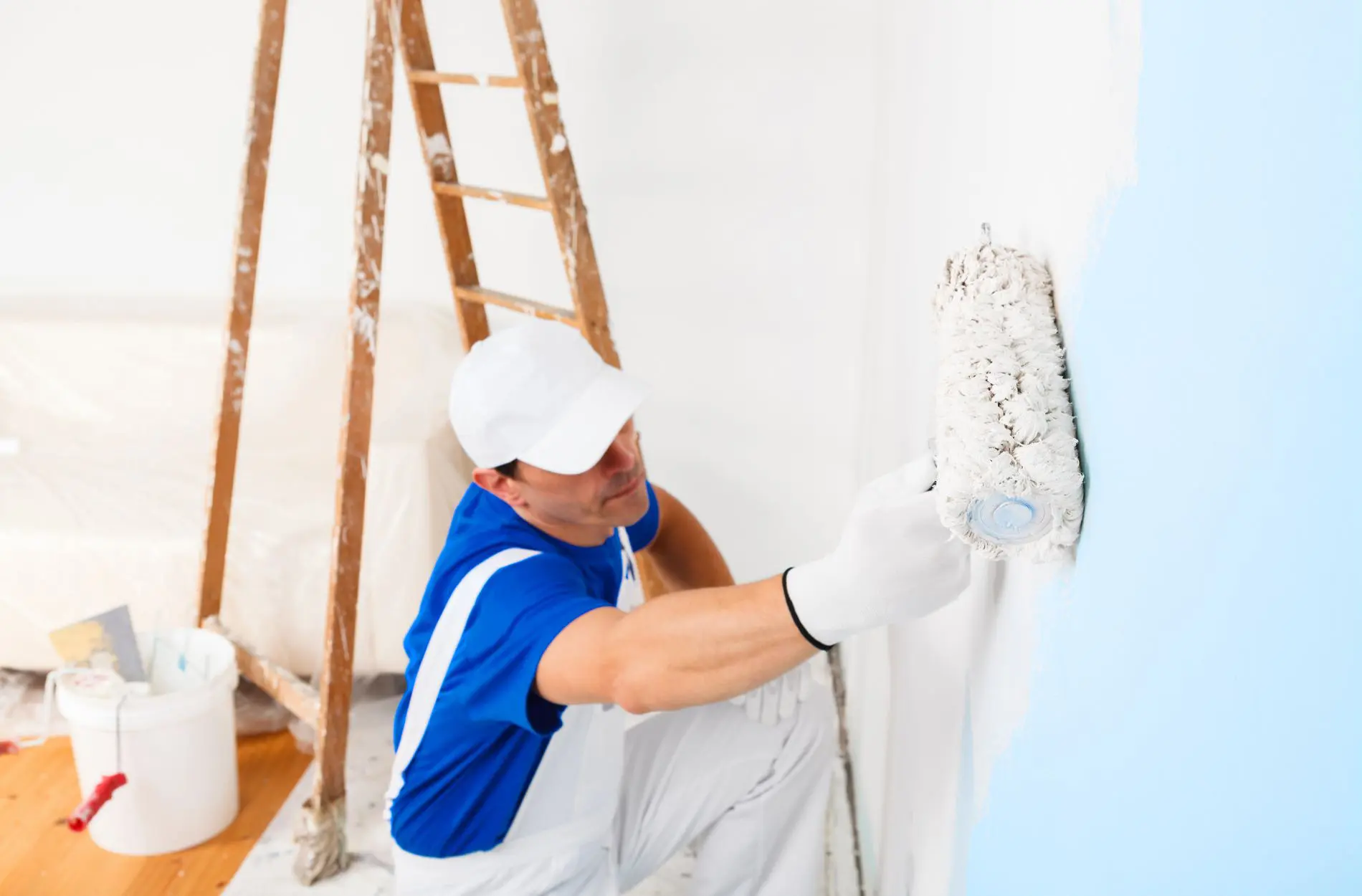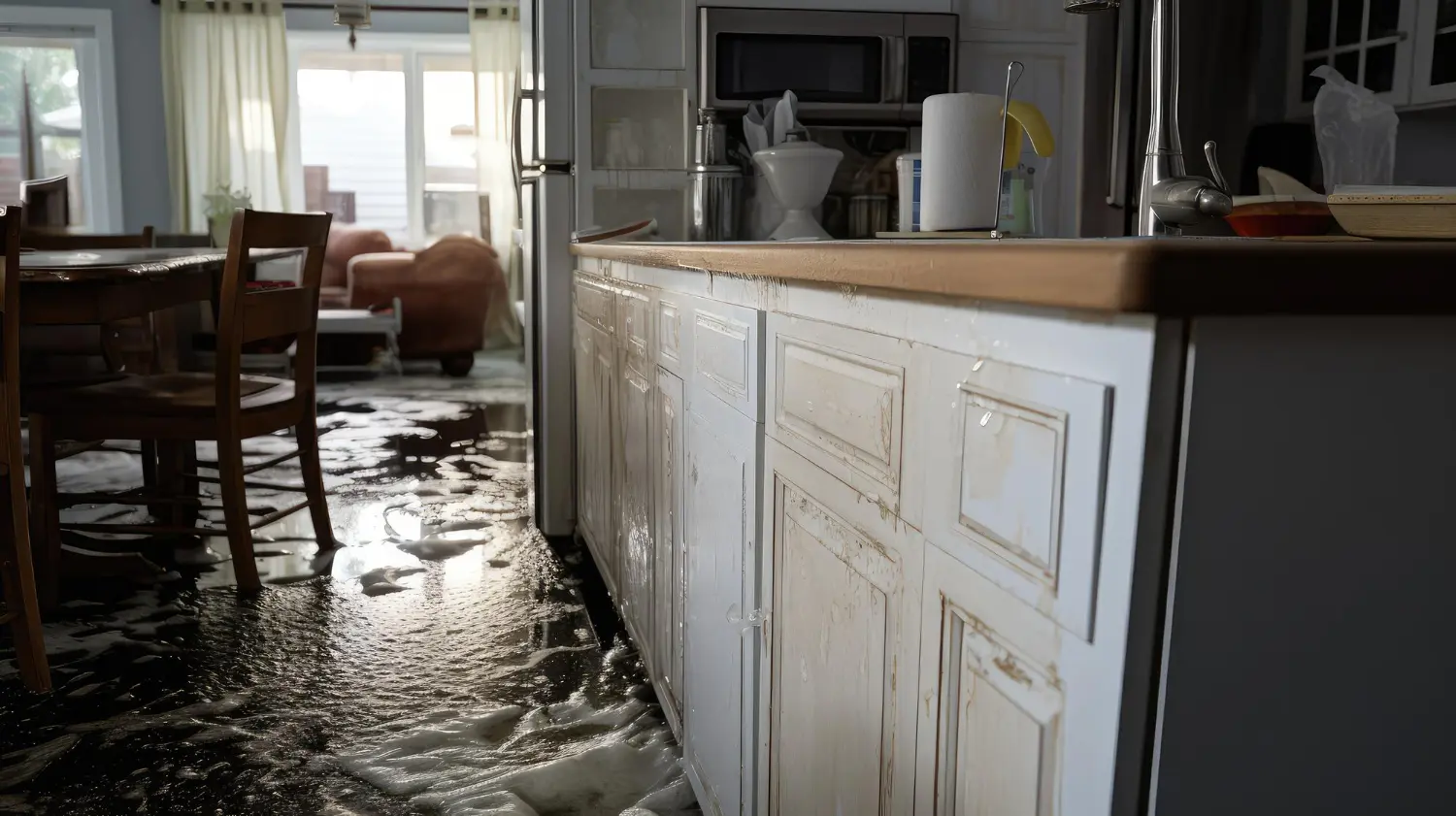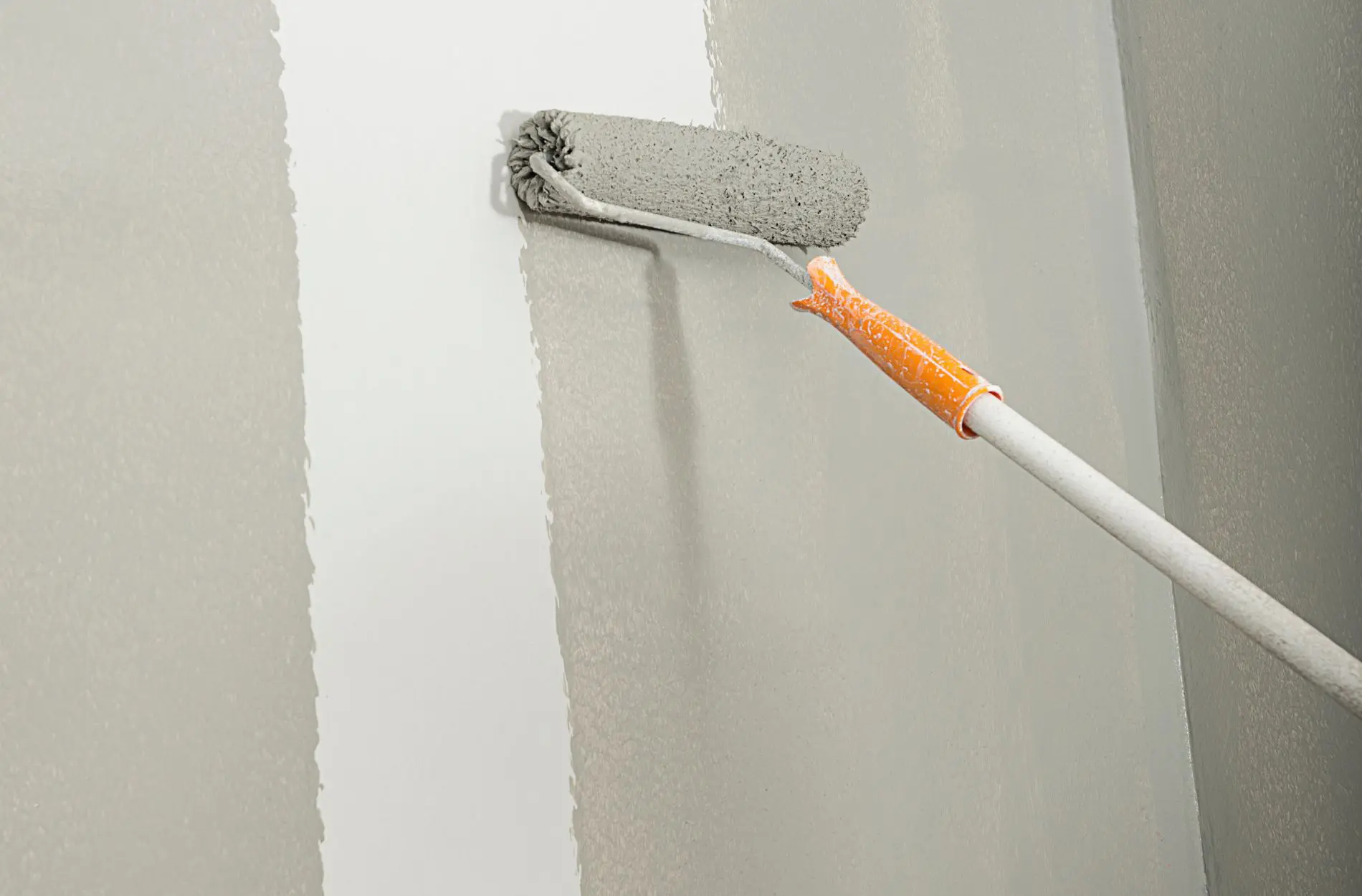Trade Secrets (Most) Pro Painters Won’t Tell You

Most professional painters aren’t in the habit of sharing their trade secrets with the general public. After all, to do so could to some extent dilute their appeal and value to potential customers.
At Homm CPS, we take a different approach to things. Unlike most, we’re always happy to share as many tips, tricks and trade secrets as possible with our customers. We let the quality and value of the work we carry out speak for itself, so we’re not afraid of divulging a little inside information.

With this in mind, we thought we’d share another helpful list of pointers for DIYers planning interior painting projects. If you’re looking to produce pro-grade results with your next interior makeover, you’ll find the following trade secrets invaluable:
-
Don’t Scrimp on The Sanding
First up, you wouldn’t believe how much time the average professional painter spends sanding surfaces. This is because the key to a smooth and even paint job lies in starting out with the smoothest surfaces possible. Arm yourself with some fine-grit sandpaper and take the time to eliminate as many flaws as possible. All of which will make the rest of the process exponentially easier.
-
Buy The Best Paint You Can Afford
With professional painting, it’s as much about the quality of the products you use as it is your own knowledge, skills and experience. Cutting corners with paint and primer quality is a guaranteed recipe for substandard results. We say it all the time, but you absolutely must buy the best paint you can afford – no excuses and no exceptions.
-
Cover Everything in The Room
Don’t make the mistake of simply covering the immediate fixtures and furniture around the danger zone. Flecks of paint can and will get everywhere, so it’s far easier to cover literally everything in the room that needs covering. This also gives you one less thing to worry about, meaning you can tackle the job much quicker, without having to worry about what’s getting ruined in the process.
-
Buy Some Tinted Primer
Here’s a trade secret you’ll be happy you learned – professional painters often use tinted primer. This is one of the reasons why a pro painting job almost always looks better than a typical DIY job. Standard primer is fine, but tinted primer can and often does make a big difference to the final finish. The more vibrant the color, the bigger the difference a layer or two of tinted primer can make.
-
Scrape a Ridge in Textured Ceilings
Try as you might, it’s practically impossible to achieve a smooth and straight line where textured ceilings meet smooth walls. That is, unless you take a tip from the pros. Use a screwdriver to scrape a small layer of the texture away, enabling a clean line to be created without touching the texture of the ceiling. This is a great way of simplifying one of the most frustrating aspects of painting interior spaces.
-
Paint One Wall at a Time
Some advise doing all the corners in the room, then all the trim, then the rest of the wall and so on. If you ask us, it’s far better to paint one wall at a time, before moving on to the next. The reason being that this allows you to blend the brushed paint around the edges and trim in with the rolled paint on the rest of the wall for a more seamless finish. In addition, it also ensures you give each wall the time and attention it deserves, rather than rushing around for tackling multiple walls at the same time.
-
Scrape (Don’t Tape) Windows
There’s nothing specifically wrong with taping sash windows, but it takes time and effort. All for no good reason, as you’ll almost definitely end up with paint on the glass anyway. Tape the basics, but don’t be too afraid of getting paint on your windows. It’s surprisingly easy to scrape off with a razor blade, which is far quicker and easier than complex taping.
-
Mix Your Paints For Consistent Coloring
Last but not least, you can’t always rely on manufacturers to ensure two cans of the same color paint are actually identical. In some instances, there’s a glaring difference from one batch to the next. This is why the pros almost always mix multiple cans of paint in a large container or bucket to ensure consistency. It’s a process known as ‘boxing’, which can make a big difference if you’re painting with several cans of the same paint. Or for that matter, slightly different paints from different manufacturers.
For more information on interior painting or to discuss any aspect of our services in more detail, contact a member of the team at Homm CPS anytime.










